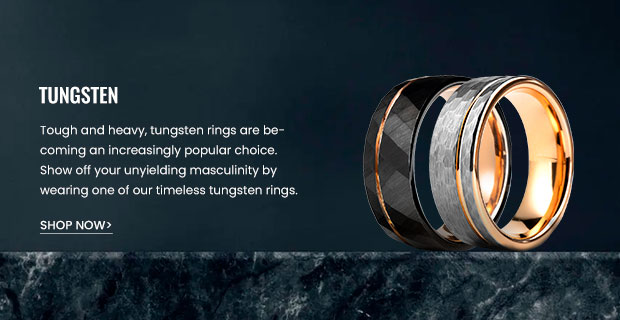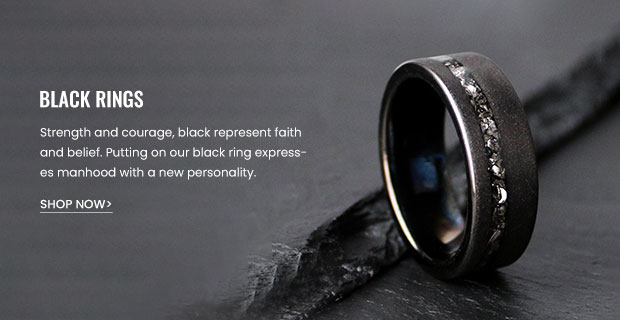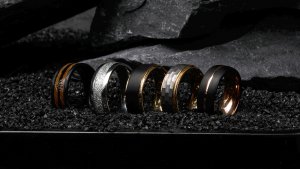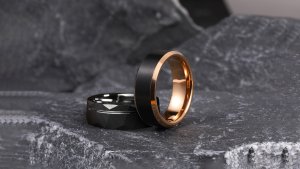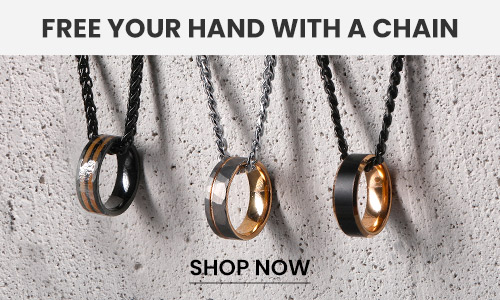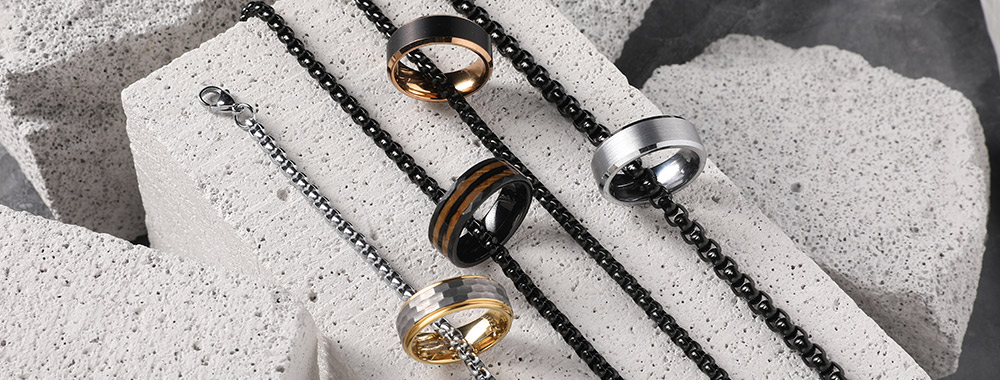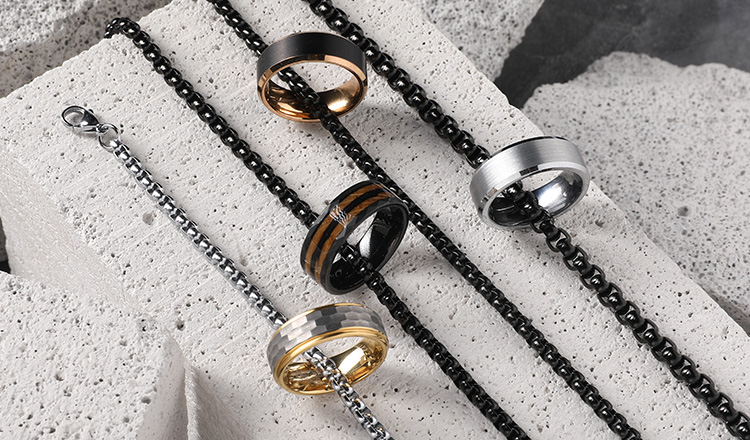Choosing which finger to wear a ring on isn’t always a casual decision – it can be loaded with tradition, meaning, and personal significance. Many guys might pick out a ring because they like the look or it means something special to them, but knowing why each finger has its own story can make wearing a ring that much more meaningful.
Right Hand vs. Left Hand
Deciding on which hand to wear a ring often taps into deep-rooted customs and personal choices.
Cultural Traditions and Wedding Bands
In the United States and many other Western countries, it’s common to see wedding rings gleaming on the left hand. This tradition is tied to a romantic notion from ancient times that there’s a vein running straight from the left ring finger to the heart. However, love isn’t bound by just one cultural narrative; in several Eastern European nations, for example, it’s the right hand that gets to show off the symbol of marriage.
Work and Lifestyle Considerations
Beyond traditions and romance, there are some down-to-earth reasons to consider. If you’re someone who works with your hands—a carpenter, mechanic, or chef, perhaps—the hand you use most might not be the best place for a ring. Rings can catch, scratch, or even get damaged during manual tasks. So, it’s not just about where your wedding band looks good, but also where it makes sense for your lifestyle.

Personal Preference and Individual Style
At the end of the day, the decision might just come down to what feels right for you. Personal comfort, ease, and even the weight of sentiment can steer this choice as much as any tradition can. Some people instinctively reach for a particular hand or finger when slipping on a ring because it simply fits their idea of what’s ‘right’.
Respecting Heritage and Making Choices
Your cultural background might heavily influence your decision on which hand to wear your ring. The traditions ingrained within your family or community can carry a significance that resonates deeply. Respecting heritage and embracing these customs can be a meaningful aspect of choosing your ring finger.
Thumb Rings
Thumb rings aren’t a new trend; they carry centuries of history. In the past, these rings served practical purposes. For instance, archers would wear a sturdy ring on their thumb to protect against the pull of a bowstring. Beyond utility, a thumb ring often signified a person’s standing within society – the more intricate the design, the higher the status. In today’s fashion, a thumb ring is less about social rank and more about personal expression. Wearing a ring on the thumb is still relatively unique compared to other fingers, which is exactly what makes it appealing. It’s seen as a mark of confidence and independence. When someone chooses to wear a ring on their thumb, it often means they’re not afraid to stand out from the crowd and make individual choices.
Given the thumb’s size and mobility, rings designed for this digit tend to be wider and sturdier. This ensures that the ring looks proportional and stays comfortably in place. From simple silver bands that add a touch of cool to any outfit to larger statement pieces with stones or engravings, thumb rings vary widely.
Index Finger Rings
For centuries, the index finger has been a favored spot for rings that symbolize power and command. Think back to the days of castles and courts; it was often the rulers and monarchs who adorned their index fingers with rings to signify their ruling status. This tradition has made its way through history and still holds its ground in modern symbolism. From a practical view, since we use our index fingers for so many tasks, it’s essential to select a ring that won’t impede movement. A bulky ring could be a nuisance, catching on clothing or hindering movement. Rings with slimmer bands are often chosen for the index finger to ensure they complement active hands without becoming a hindrance.
Middle Finger Rings
This finger, being at the center of the hand, is associated with balance and stability. Choosing a ring here can subtly show off a person’s grounded nature or their striving for personal equilibrium. For those who want to signal their sense of self without going over the top, the middle finger offers an excellent placement for a ring. It’s noticeable enough to draw some attention but not so bold as to overpower. Wearing a larger ring here is less likely to impact the hand’s functioning, as it doesn’t crowd the highly active thumb and index finger. But still, when picking out a middle finger ring, considering how close it sits to the index finger is key. It shouldn’t be so large or ornate that it gets in the way when writing, typing, or performing similar tasks.
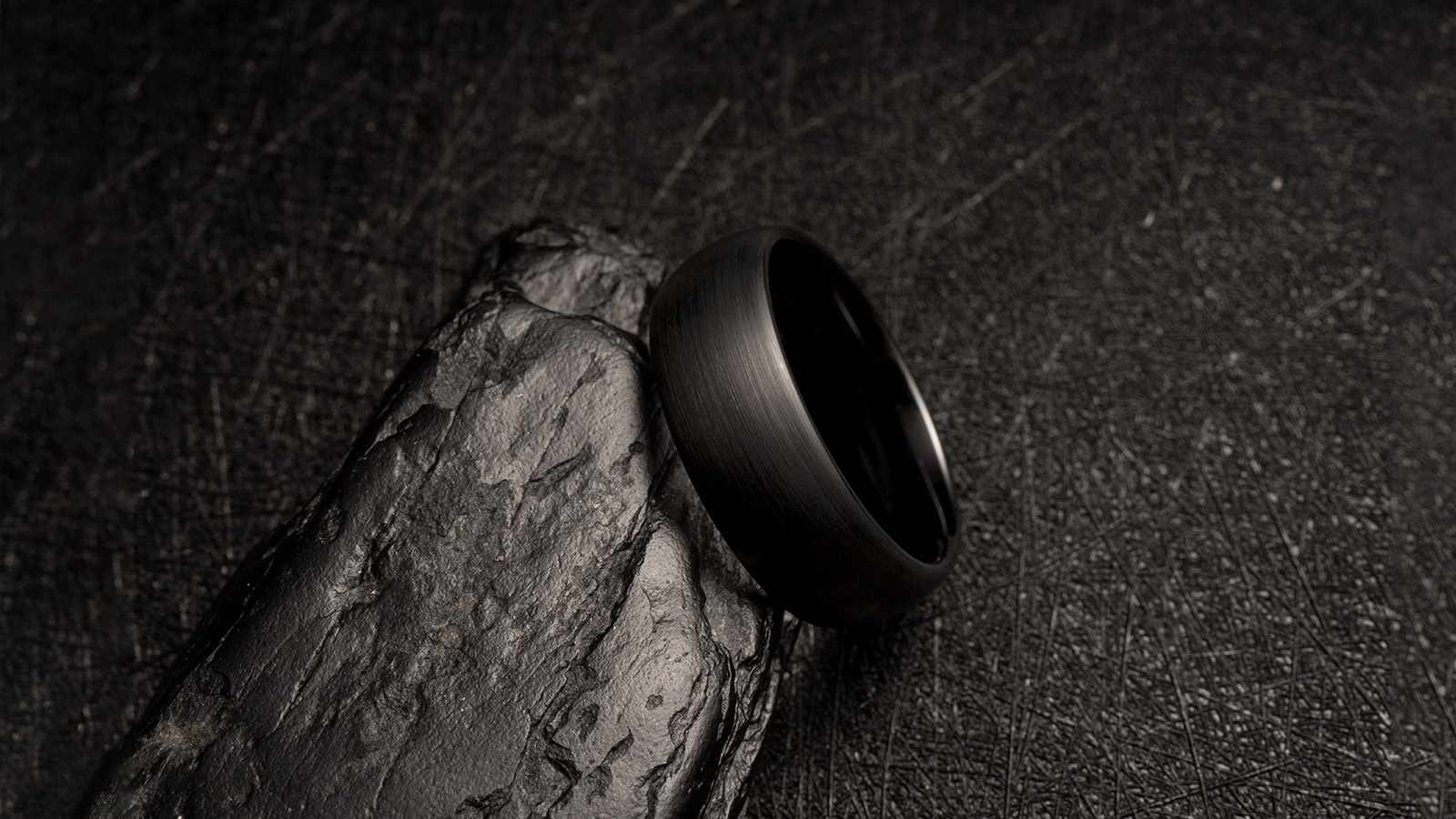 Ring Finger Rings
Ring Finger Rings
The Left Ring Finger: A Symbol of Love
In Western cultures, the ring finger on the left hand holds special significance. This is the traditional spot for wedding rings—a custom that dates back to ancient Rome. Romans believed in the ‘vena amoris,’ or ‘vein of love,’ a mythical vein they thought ran from this finger straight to the heart. While modern science doesn’t support this notion, the romantic idea continues to thrive.
Diverse Traditions: The Right Hand’s Role
Across the globe, the ring finger isn’t confined to just the left hand. In various cultures, the right hand plays an equally important role when it comes to symbolizing marriage. This preference often ties back to how the right hand has been historically seen as the ‘active’ or ‘dominant’ hand—a fitting choice for symbols related to promises and actions, like marriage vows. For some, wearing a wedding ring on the right hand is a reflection of their religious beliefs or family customs.
Pinky Finger Rings
For many years, the pinky finger was the go-to spot for a signet ring, which often displayed a family crest or emblem. These rings were more than just jewelry, but were symbols of one’s heritage and could even be used to seal letters, leaving a unique signature in wax. Although not as widespread now, some still wear these rings on their pinky as a proud nod to their ancestors and personal history. Beyond family emblems, pinky rings can also be linked to certain professions. For example, engineers in Canada are given a special iron ring in a ceremony known as the Ritual of the Calling of an Engineer. This tradition has spilled over to some American engineers who adopt the practice to signify their commitment to integrity within their field.
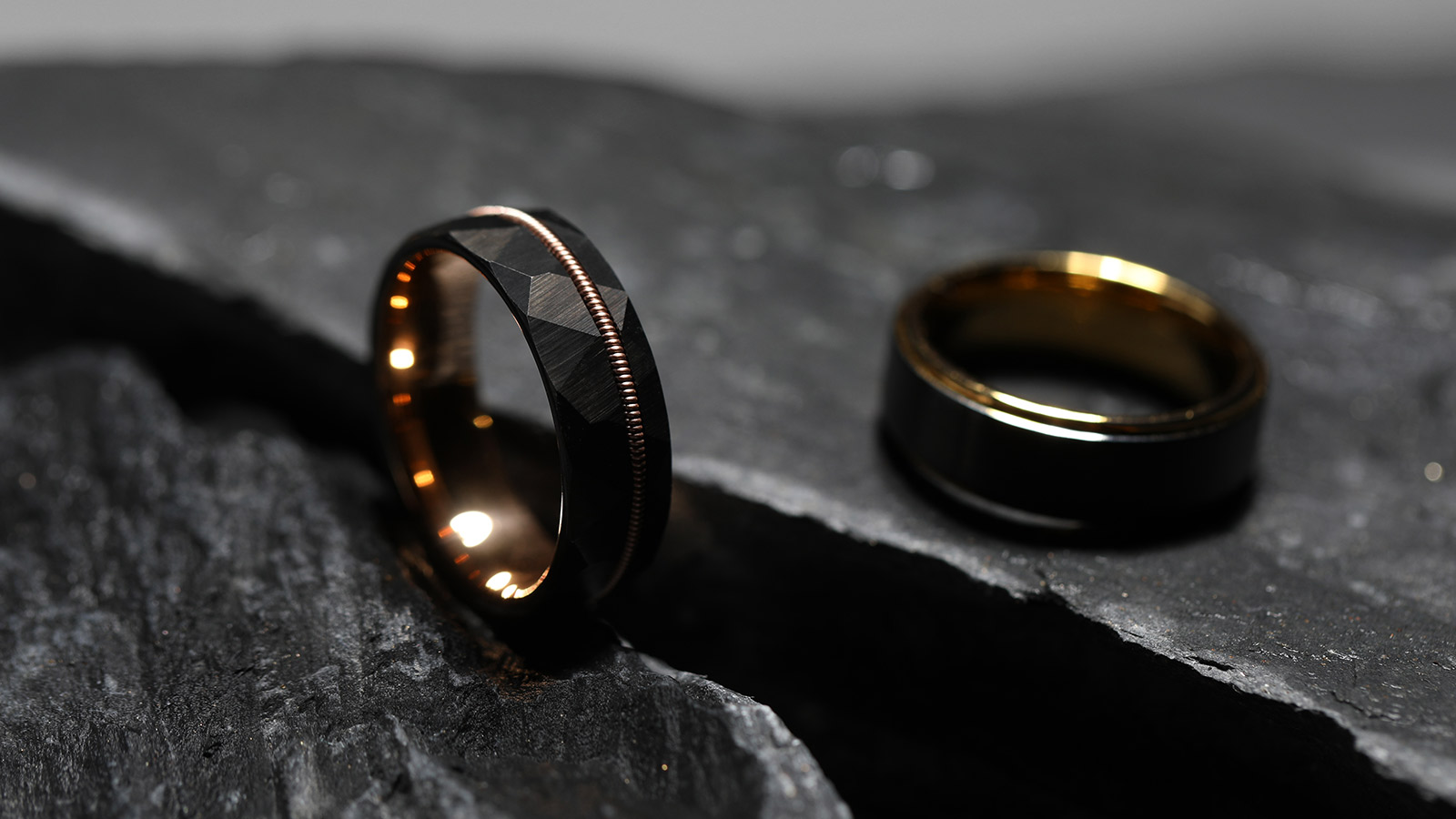 How to Choose the Right Finger for Your Ring
How to Choose the Right Finger for Your Ring
Analyze Hand Shape and Ring Size
Take a good look at your fingers. Longer fingers can handle larger rings, while shorter fingers may look better with slimmer bands. The ring should fit snugly but comfortably enough to remove without struggle.
Think About Your Daily Routine
Your daily activities should influence your choice. If you’re active or work with your hands, you might prefer wearing a ring on a less dominant finger to reduce wear and tear. Some professions require a clean, unadorned look, or safety considerations may dictate whether you can wear rings at all. It’s essential to balance personal expression with professional expectations.
Match the Ring to Your Personal Style
Your ring is part of your personal style. So, when you’re choosing one, consider the color of the metal and the design. Does it go with the stuff you wear often? Does it match other jewelry you wear, like a watch or bracelet?
Significance of the Ring Itself
Last but not least, think about what the ring stands for. Wedding bands have their traditional place, but decorative rings might be chosen purely on aesthetics. Alternatively, a ring inherited from a family member might feel more appropriate on a certain finger due to its sentimental value.
Conclusion
Deciding which finger to slip a ring on is really about what works for you, what’s comfortable, and what each ring means. Sure, there are traditional spots for certain rings, but the most important factor is what feels right for you. By making these choices with the factors discussed, you’ll be well-equipped to make a choice that suits your lifestyle and complements the symbolism of your ring.

